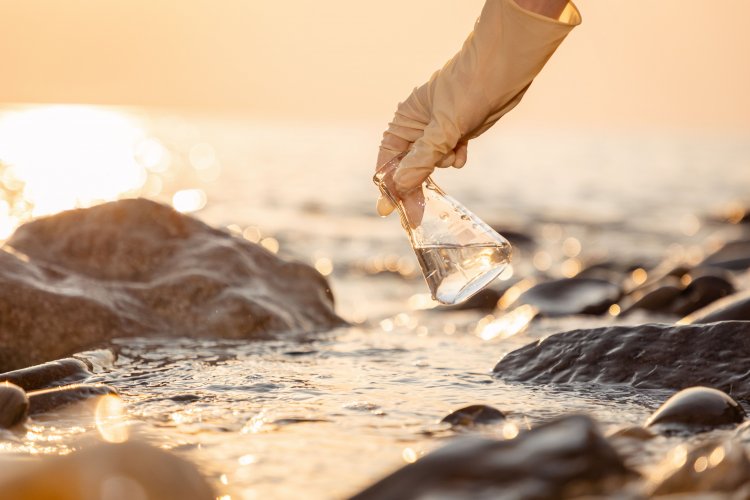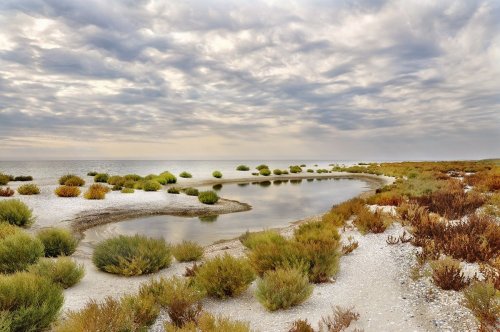The Black Sea has not yet been completely cleaned up after the destruction of the Kakhovka hydroelectric dam. It is not entirely safe to swim in it even a year after the tragedy.
This was reported by UNIAN with reference to the acting director of the Ukrainian Scientific Center for Marine Ecology, Viktor Komorin. On May 30, he warned of the long-term consequences of the destruction of the Kakhovka Dam during a roundtable discussion on the impact of military operations on Ukraine's marine ecosystems.
The expert emphasized that the Black Sea near Odesa has partially recovered and there are fewer toxins, but their composition has changed to some extent.
Environmentalists took samples for heavy metals in different parts of the water area. They stated that the content of some heavy metals was exceeded hundreds of times, and the permissible content of toxins in mussels was exceeded thousands of times.
"What is the danger at the moment... Under certain weather conditions, the amount of toxins in the water increases," Komorin said.
Pollutant migration occurs, for example, during storms. They raise from the bottom of the sea mud with an increased concentration of toxic substances that have accumulated in it.
The scientist explained that it is better not to swim on most city beaches of Odesa – from Langheron to the 16th station of the Great Fountain – if the wind is blowing from the sea. In this case, the waves carry additional mud from the side of the Dnieper-Buzka estuary. If the wind is directed to the back, you can swim, but it is still advisable to take a fresh shower after swimming. The expert also did not recommend entering the sea if a person has any skin damage.
In April, EcoPolitic reported that ecologists call for not to rebuild the Kakhovskaya HPP.
We also told that in the year that passed after this man-made disaster, the bottom of the Kakhovsky Reservoir was completely covered with a young forest of white willow.





